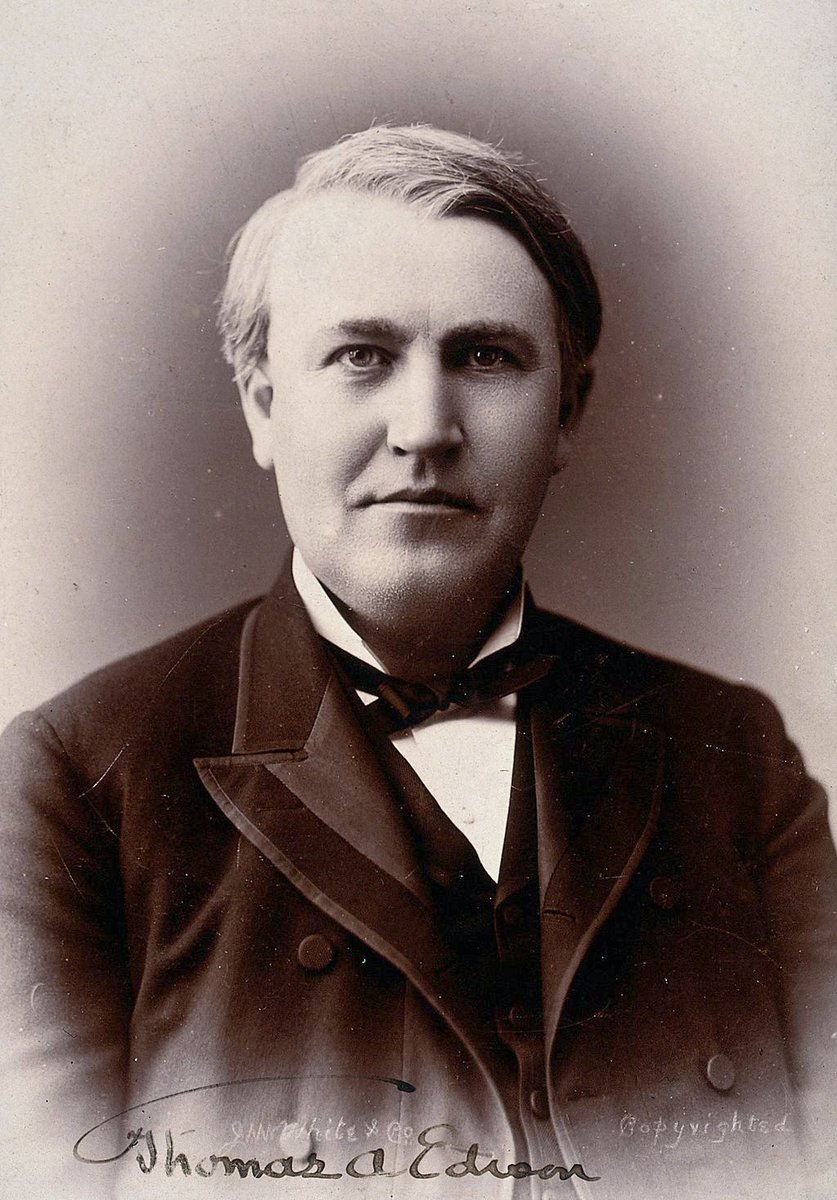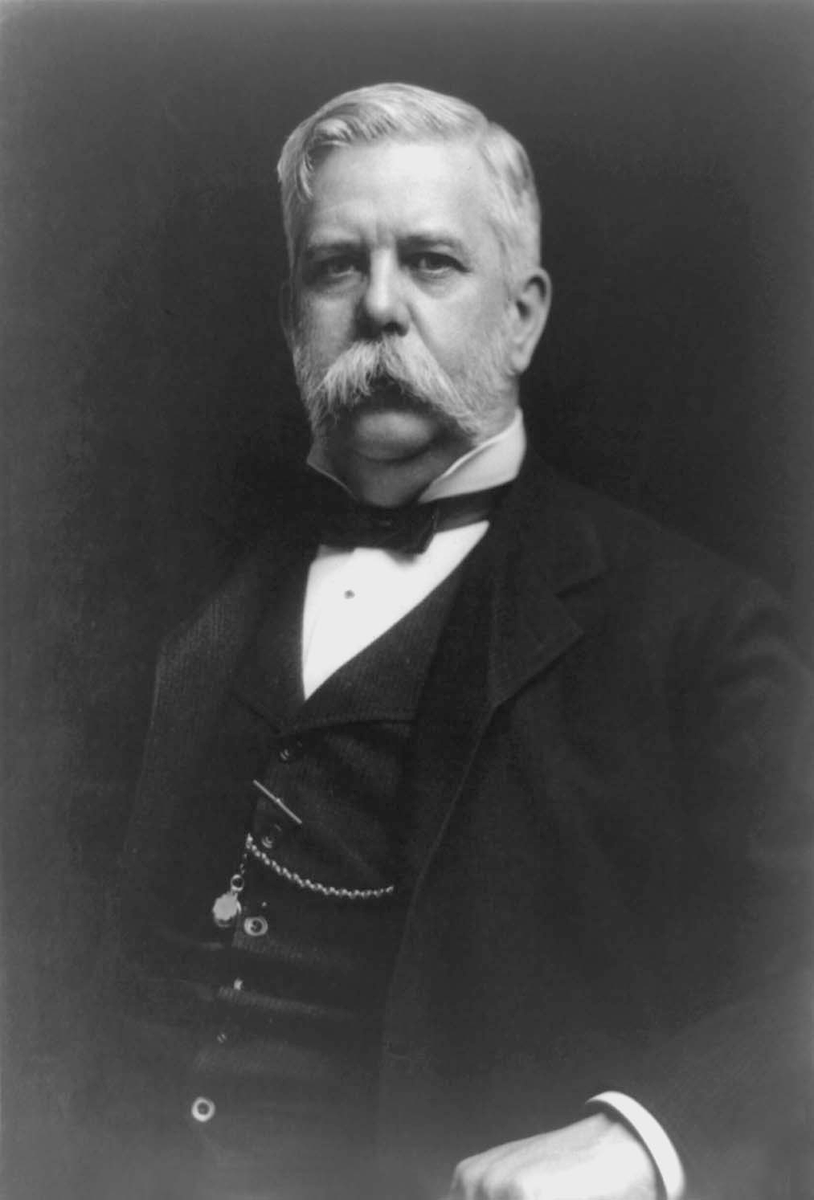
Earlier today, @STS_News asked about researchers studying the history of #standardization.
That reminded me that I haven't had a chance to share some of the highlights from @LindaHall_org's latest exhibition: The #Standards That Built America!
Time for a 🧵! (1/8) #histSTM #STS
That reminded me that I haven't had a chance to share some of the highlights from @LindaHall_org's latest exhibition: The #Standards That Built America!
Time for a 🧵! (1/8) #histSTM #STS

Curated by reference assistant David Crawford, this exhibition showcases a few of the 100,000+ industrial #standards in LHL's stacks.
Many of these standards were once part of the Engineering Societies Library & are hard to find anywhere else! (2/8)
libguides.lindahall.org/standards_spec…
Many of these standards were once part of the Engineering Societies Library & are hard to find anywhere else! (2/8)
libguides.lindahall.org/standards_spec…
LHL's #standards are often overlooked compared to our #RareBooks & #Journals, but they tell an important #engineering story. Groups like @ansidotorg, @IEEESA & @isostandards have helped promote interoperability, safety & accessibility in a variety of technological contexts. (3/8)
For example, some of the #standards featured in this exhibition facilitated the construction of skyscrapers and bridges.
[L: @ASTMIntl Standards (1916);
R: @aashtospeaks, Standard Specifications for Highway Bridges & Incidental Structures (1931)]
(4/8)

[L: @ASTMIntl Standards (1916);
R: @aashtospeaks, Standard Specifications for Highway Bridges & Incidental Structures (1931)]
(4/8)


Others established safety guidelines for highways and construction sites!
[L: @aashtospeaks, Manual on Uniform Traffic Control Devices for Streets & Highways (1935);
R: @ASMEdotorg, Safety Code for Cranes, Derricks, & Hoists (1943)]
(5/8)

[L: @aashtospeaks, Manual on Uniform Traffic Control Devices for Streets & Highways (1935);
R: @ASMEdotorg, Safety Code for Cranes, Derricks, & Hoists (1943)]
(5/8)


The exhibit includes #standards that were central to the growth of the American #auto industry from the earliest spark plugs to the modern #ElectricCar.
[L: @SAEIntl, SAE Handbook (1913-16);
R: SAE, Guidelines for #ElectricVehicle Safety (2005)]
(6/8)

[L: @SAEIntl, SAE Handbook (1913-16);
R: SAE, Guidelines for #ElectricVehicle Safety (2005)]
(6/8)


And it would be impossible to imagine today's interconnected world w/o #software & #networking #standards!
[L: @DeptofDefense, #COBOL: Initial Specifications for a Common Business Oriented Language (1960);
R: @ansidotorg, @IEEEorg Standards for Local Area #Networks (1985)] (7/8)

[L: @DeptofDefense, #COBOL: Initial Specifications for a Common Business Oriented Language (1960);
R: @ansidotorg, @IEEEorg Standards for Local Area #Networks (1985)] (7/8)


These are just a few of the #standards that built America, and you can see them all in person during your next visit to @LindaHall_org!
(Can't make a trip to #KCMO? Check out the exhibit online: lindahall.org/about/news/his…)
(8/8)
#histSTM #STS #engineering #histtech #histsci
(Can't make a trip to #KCMO? Check out the exhibit online: lindahall.org/about/news/his…)
(8/8)
#histSTM #STS #engineering #histtech #histsci
• • •
Missing some Tweet in this thread? You can try to
force a refresh









